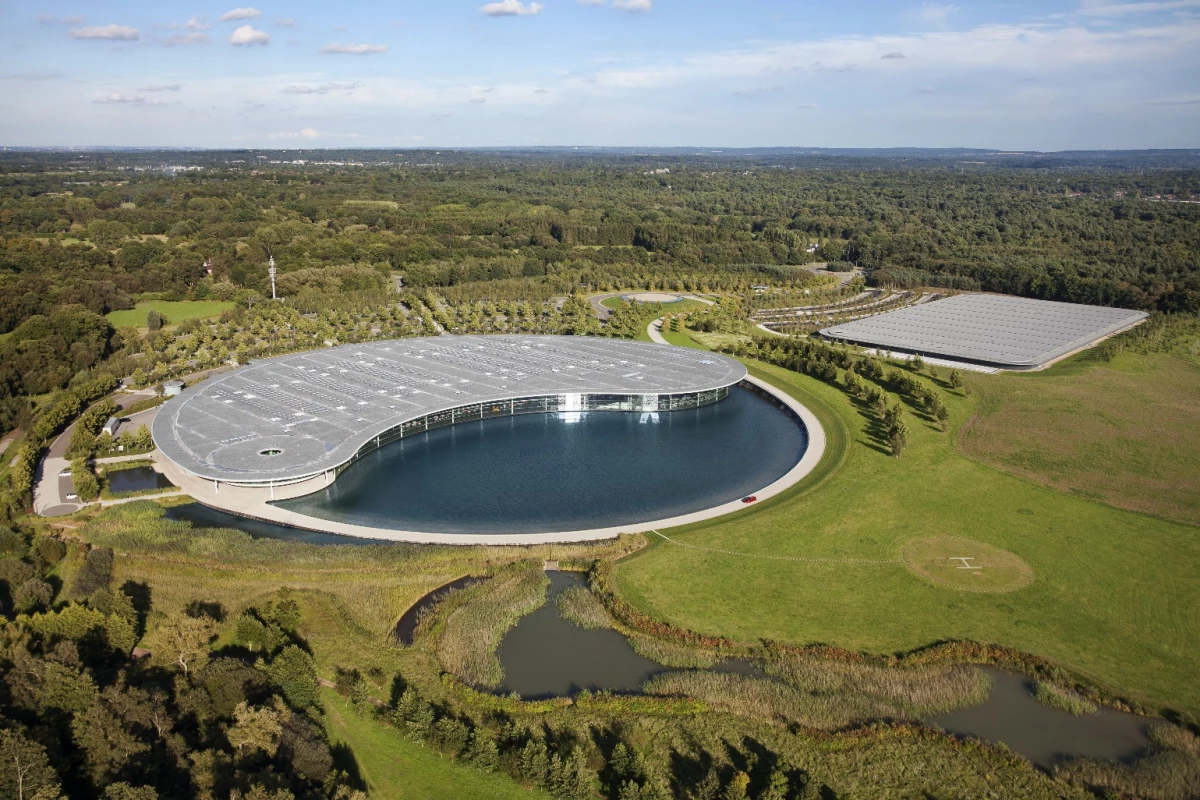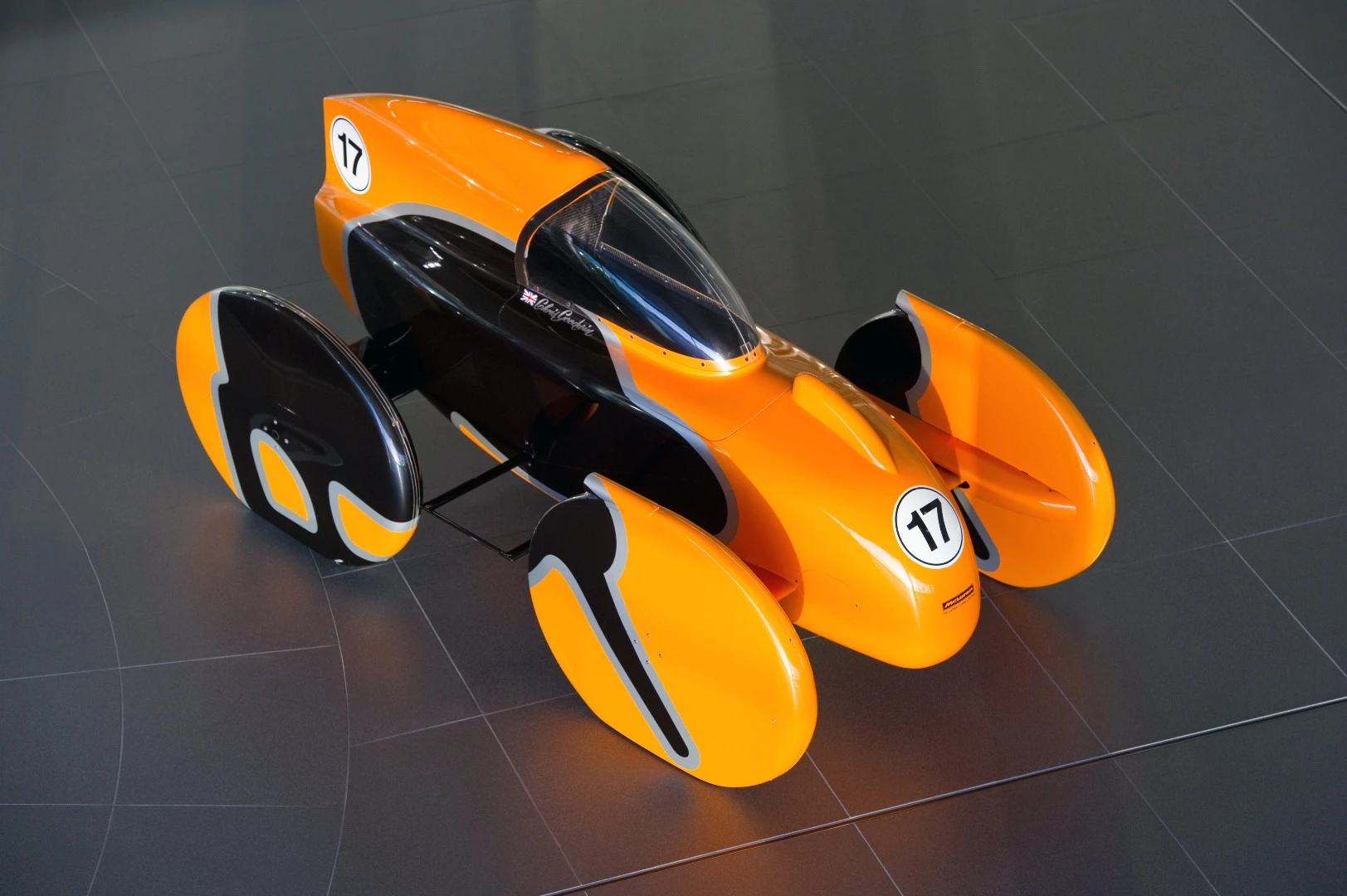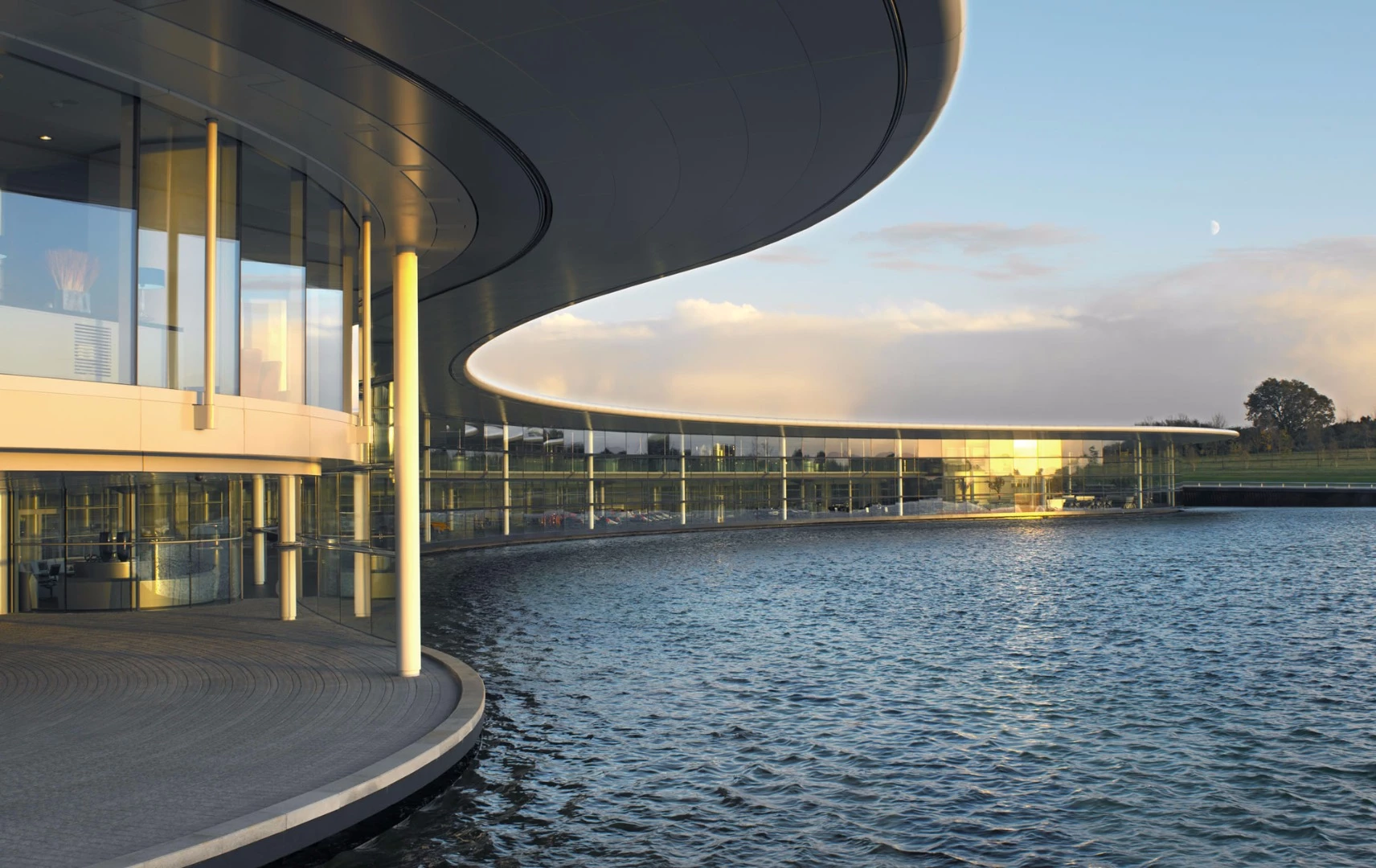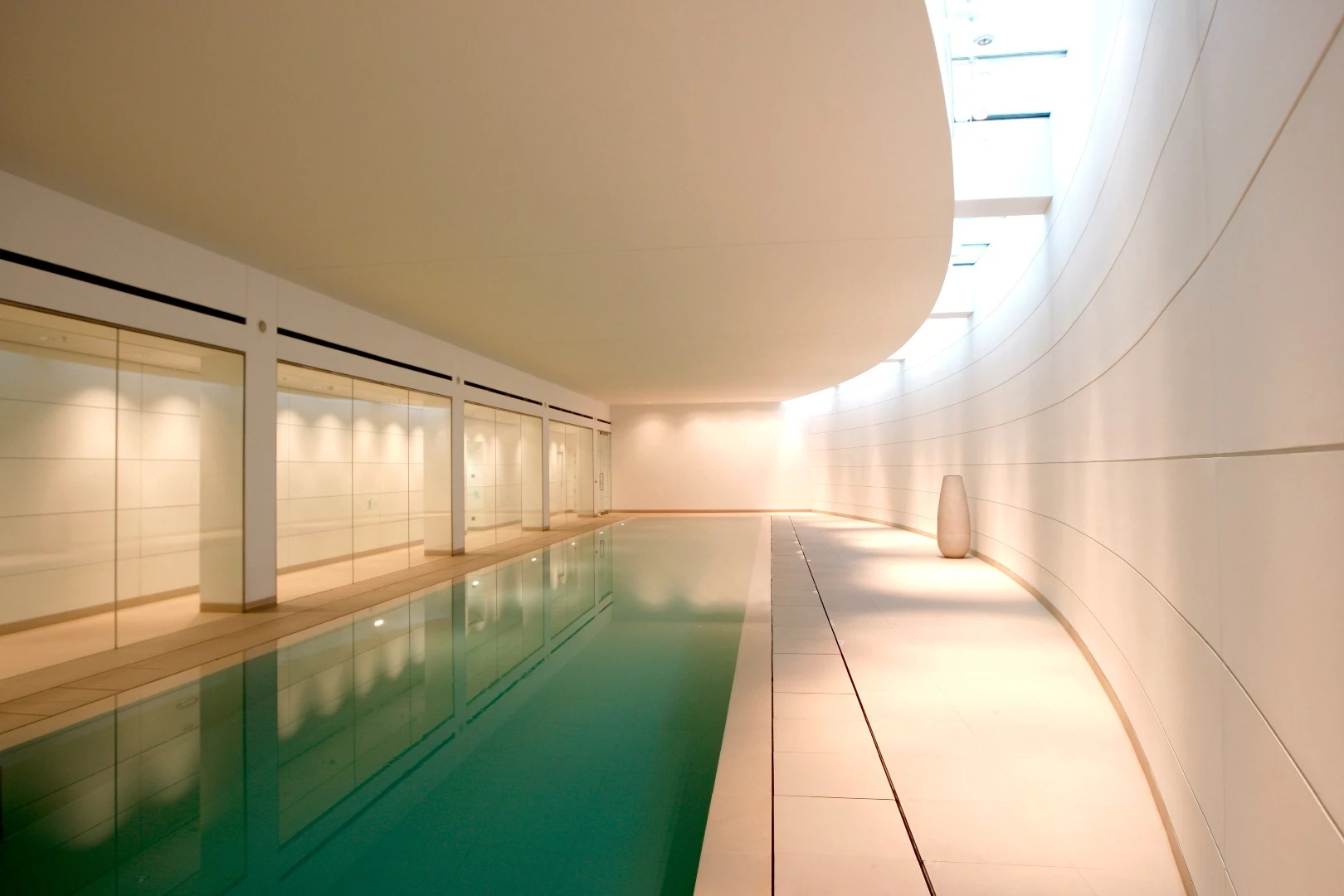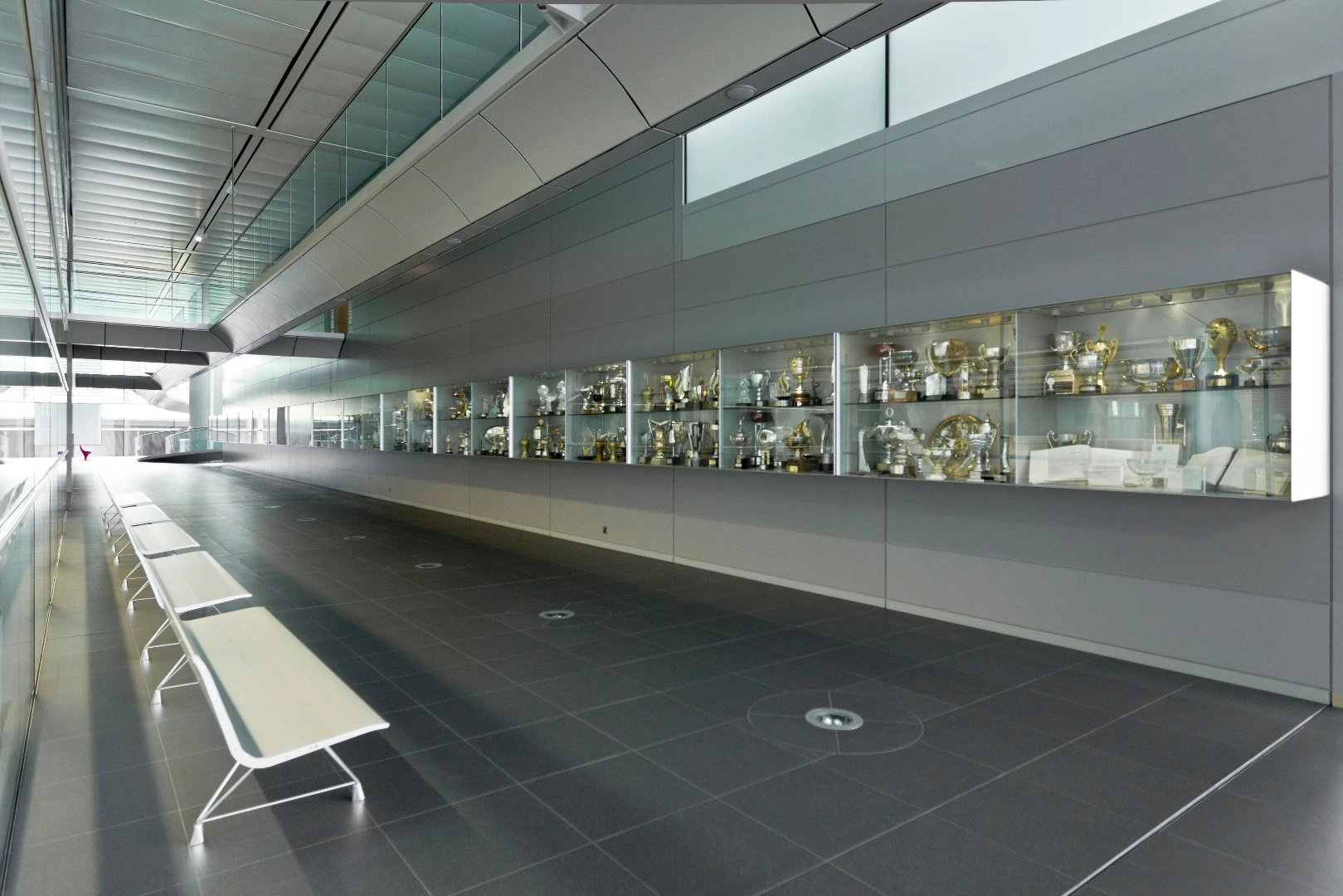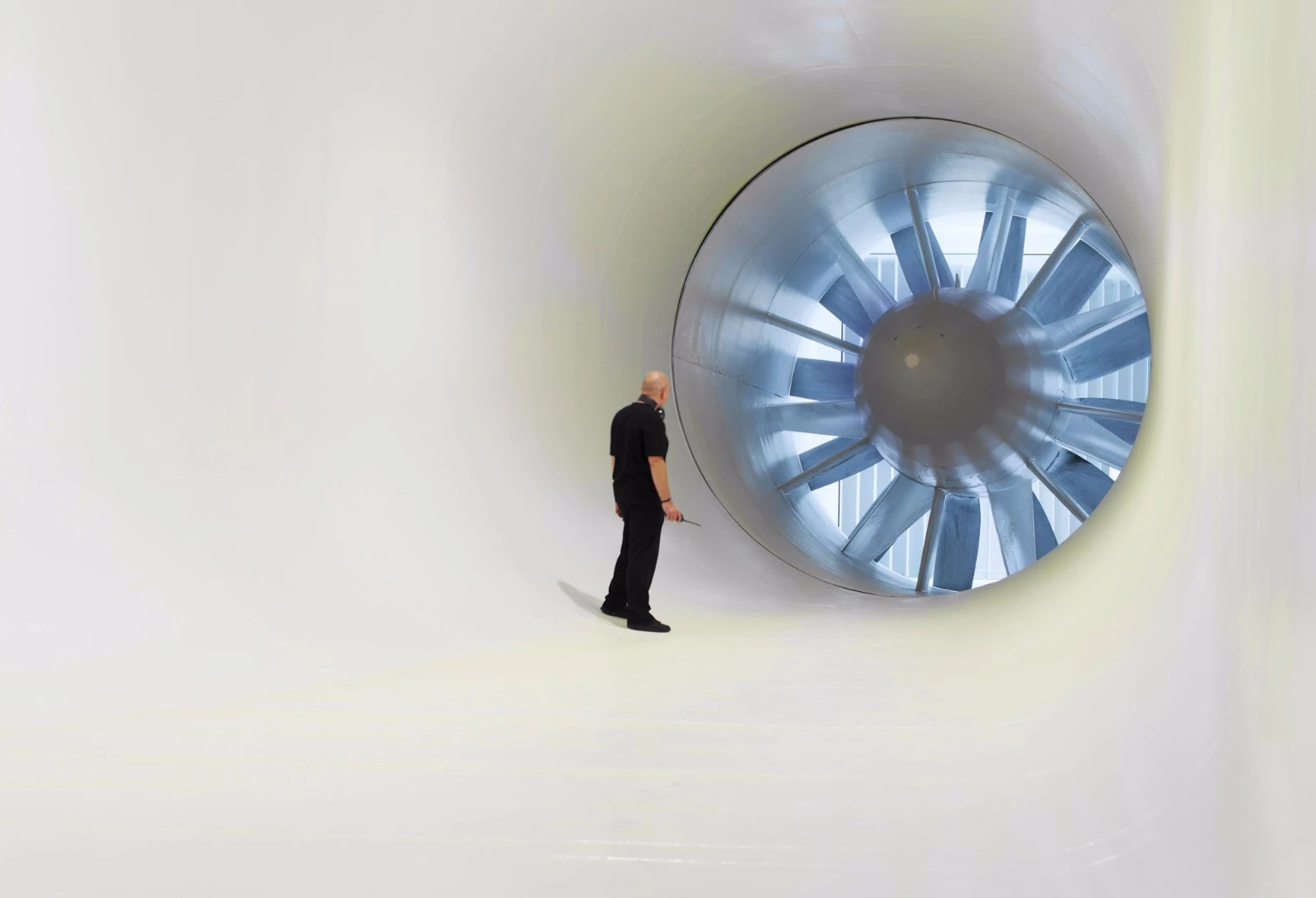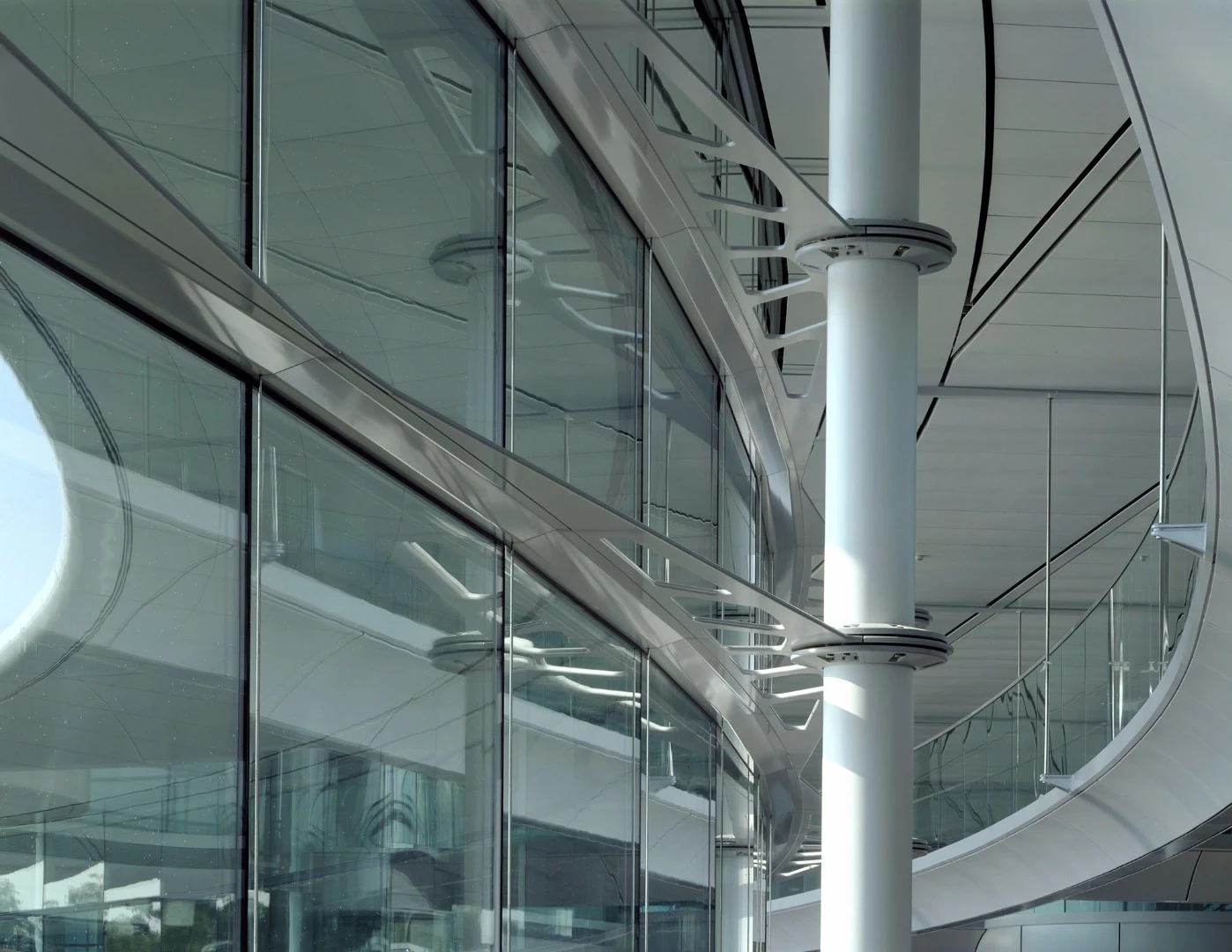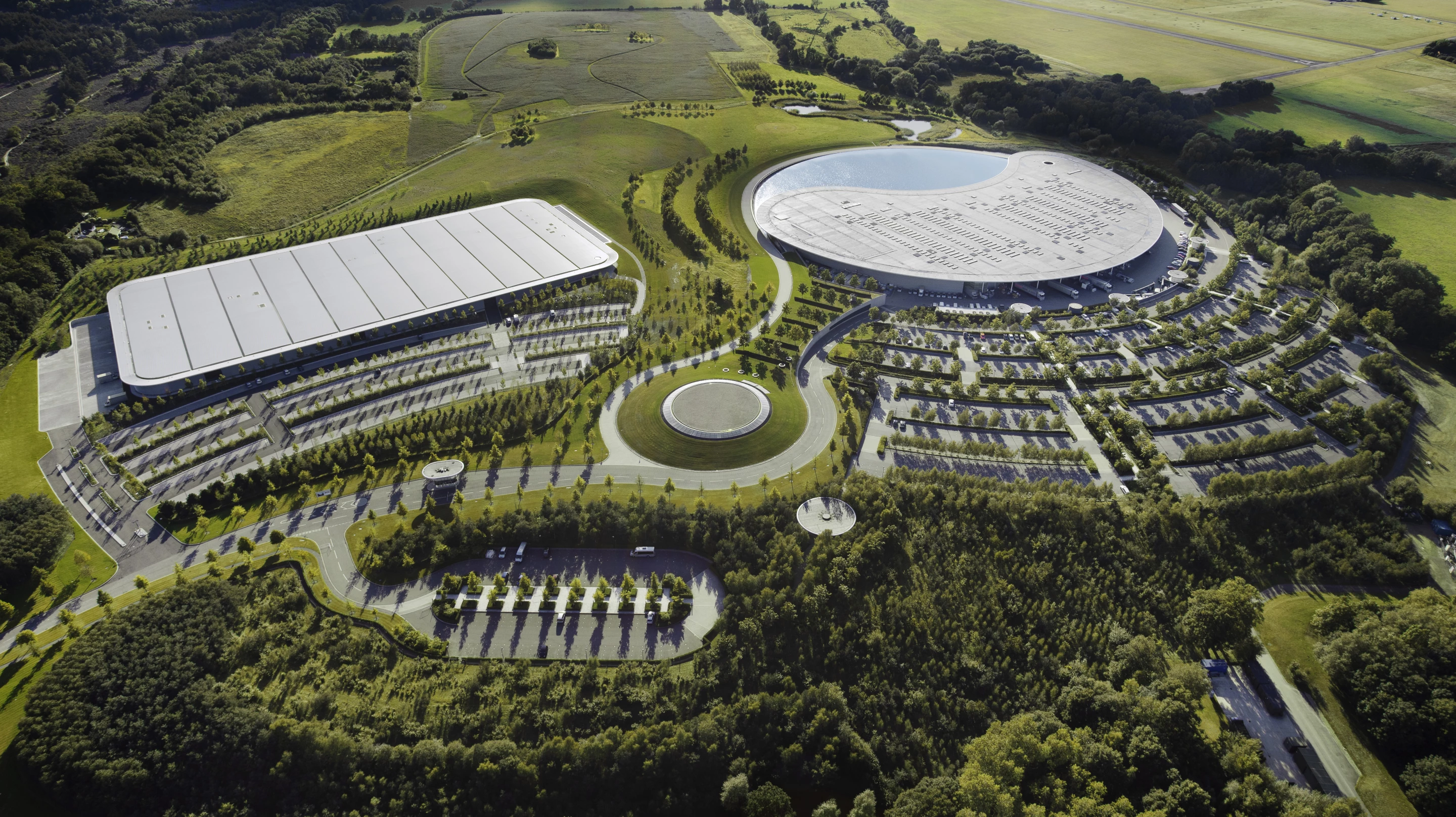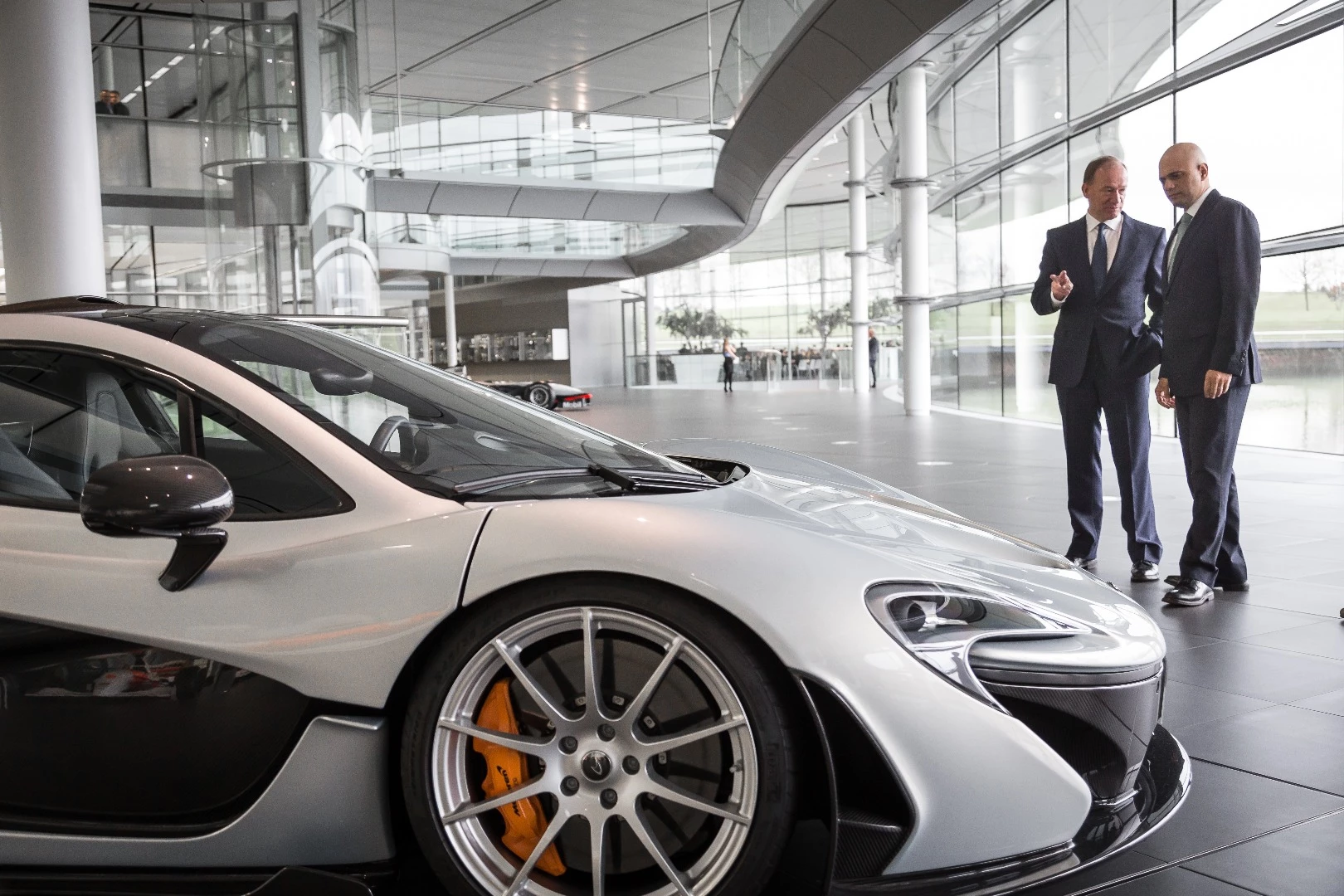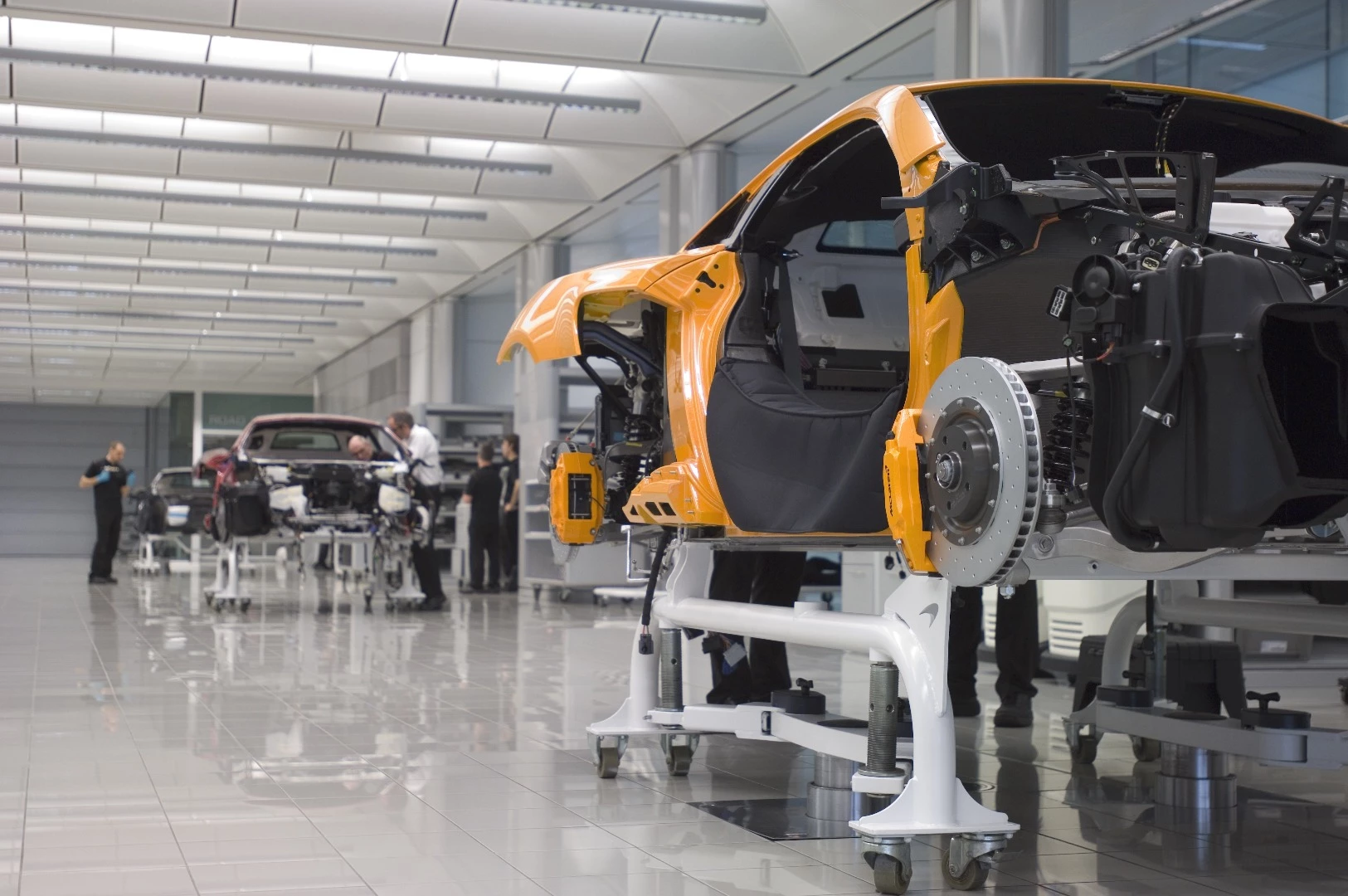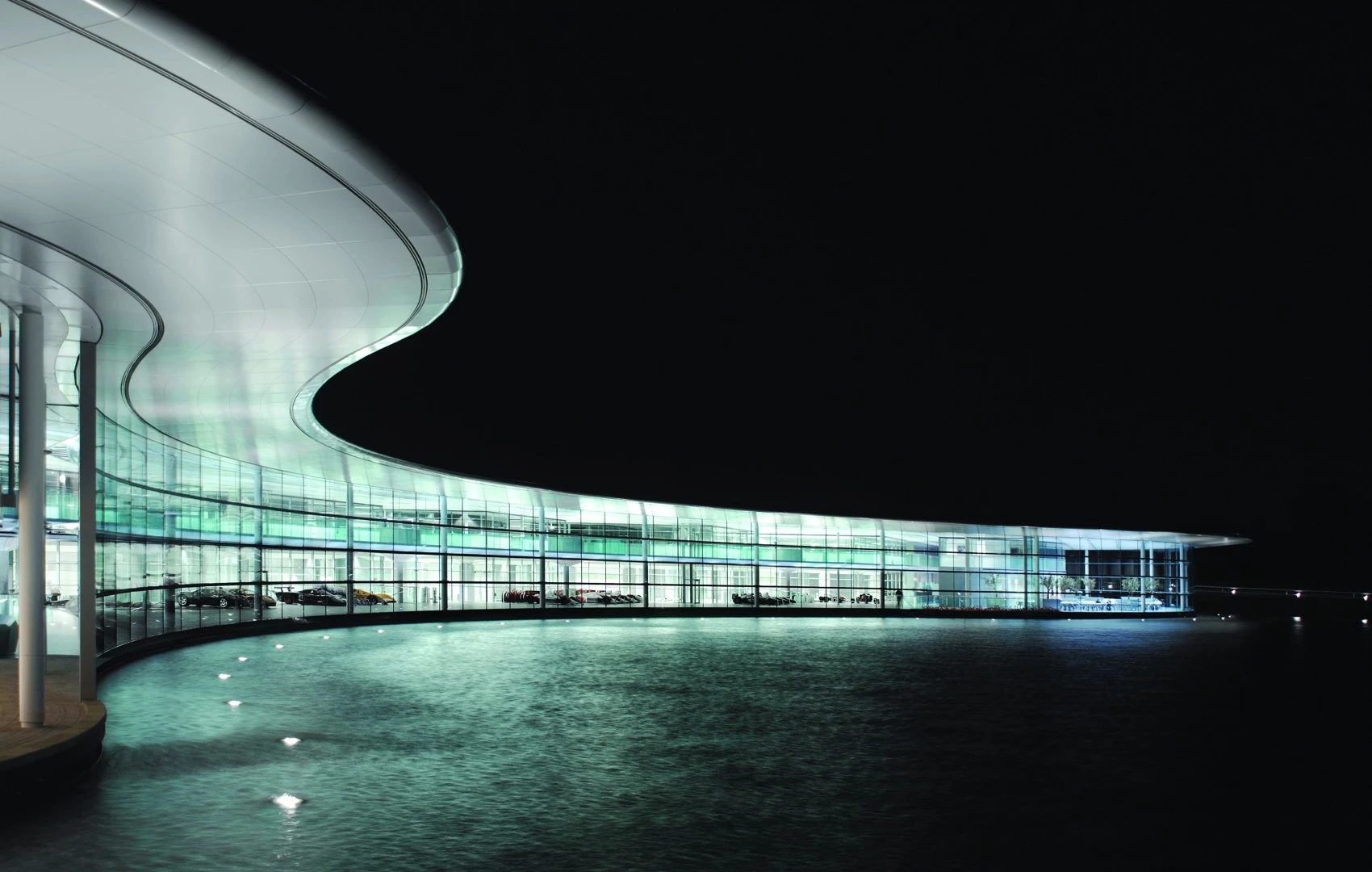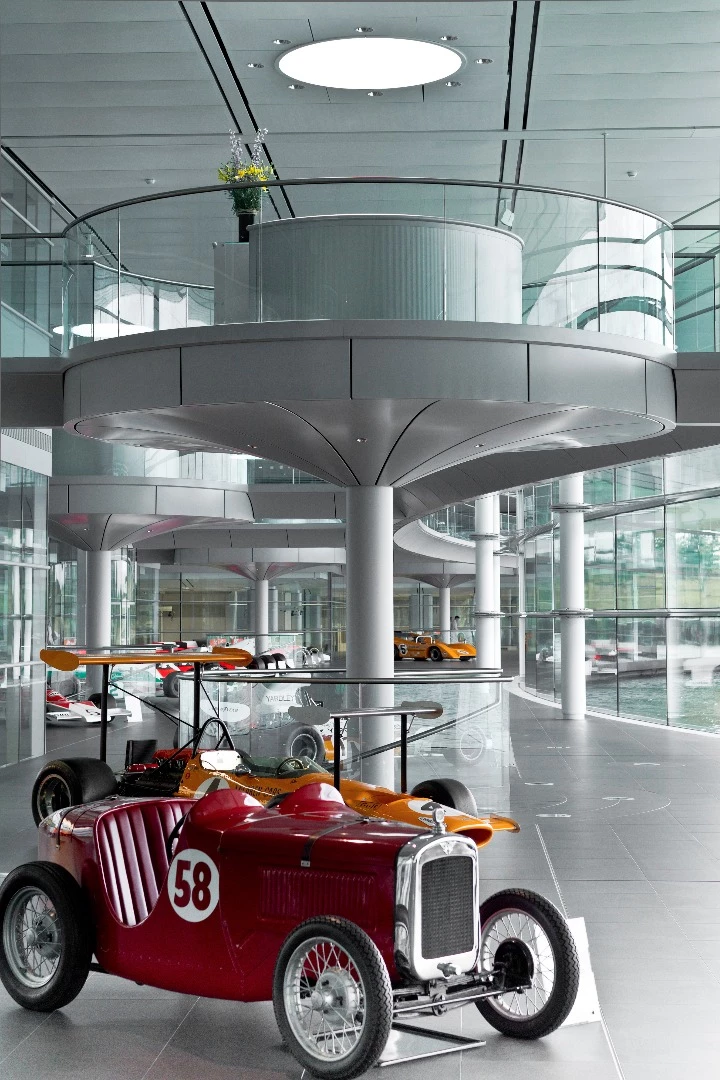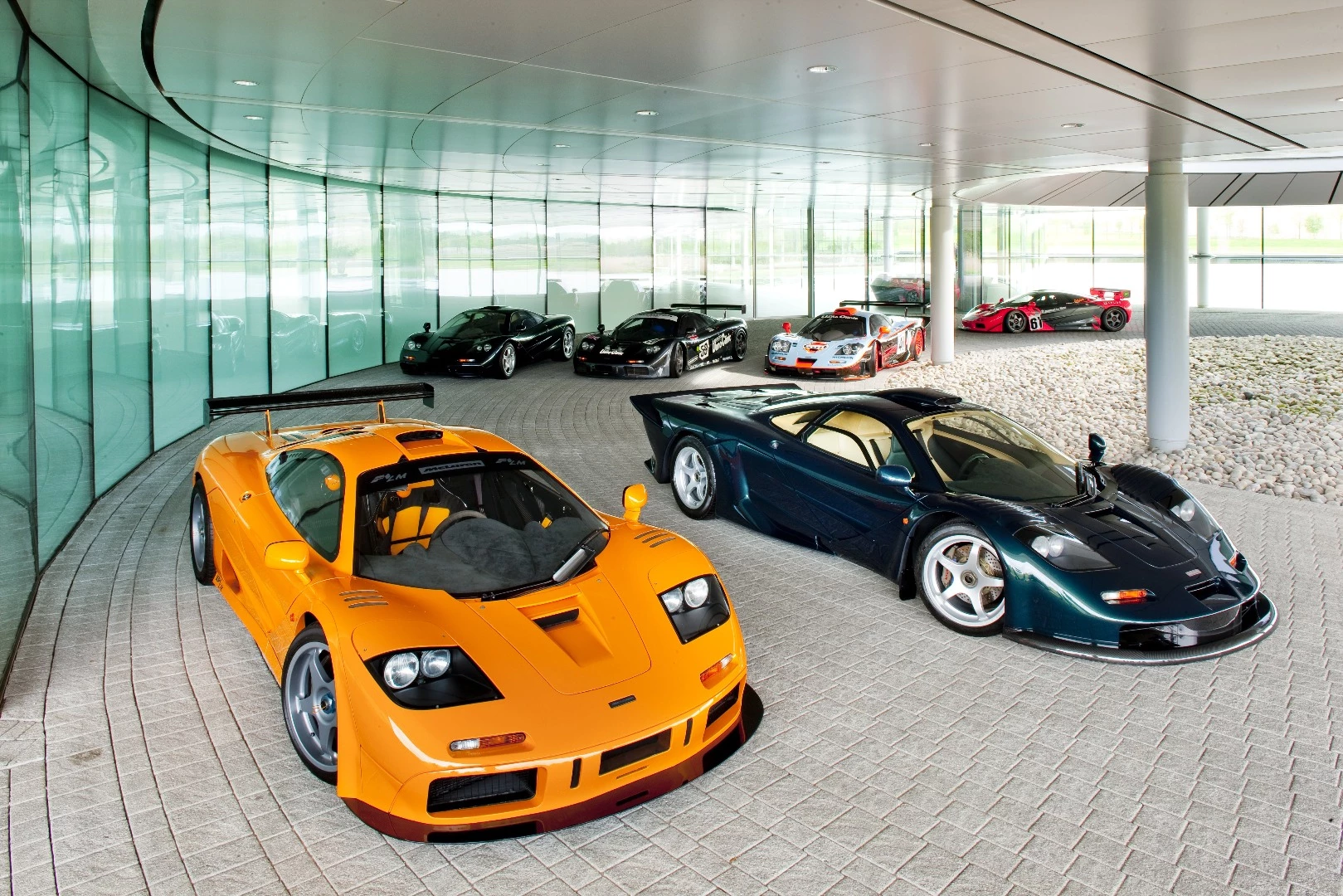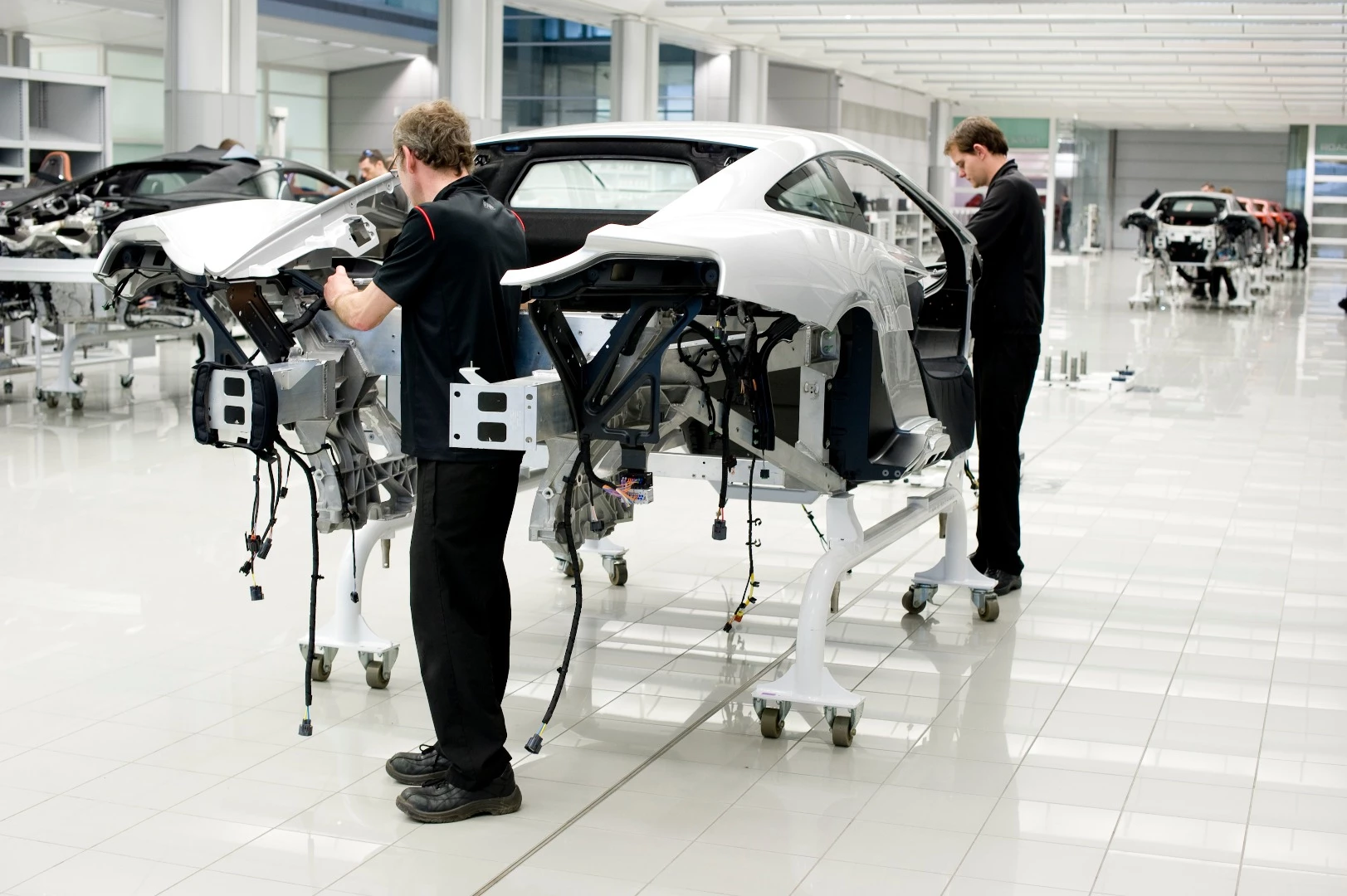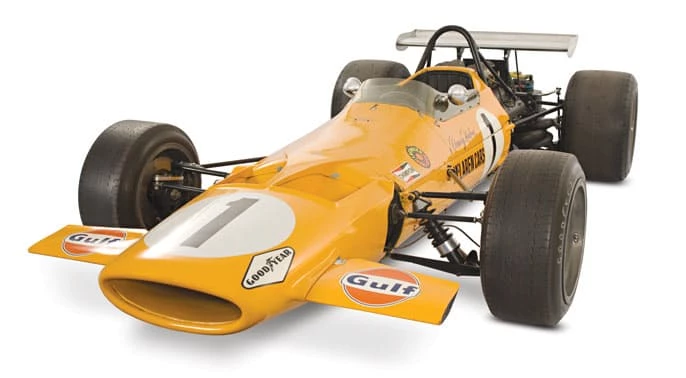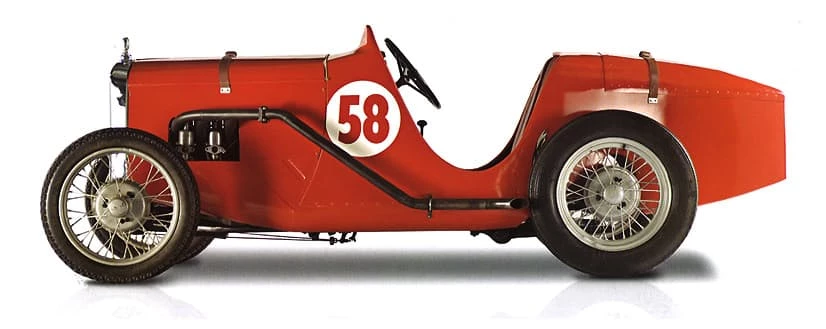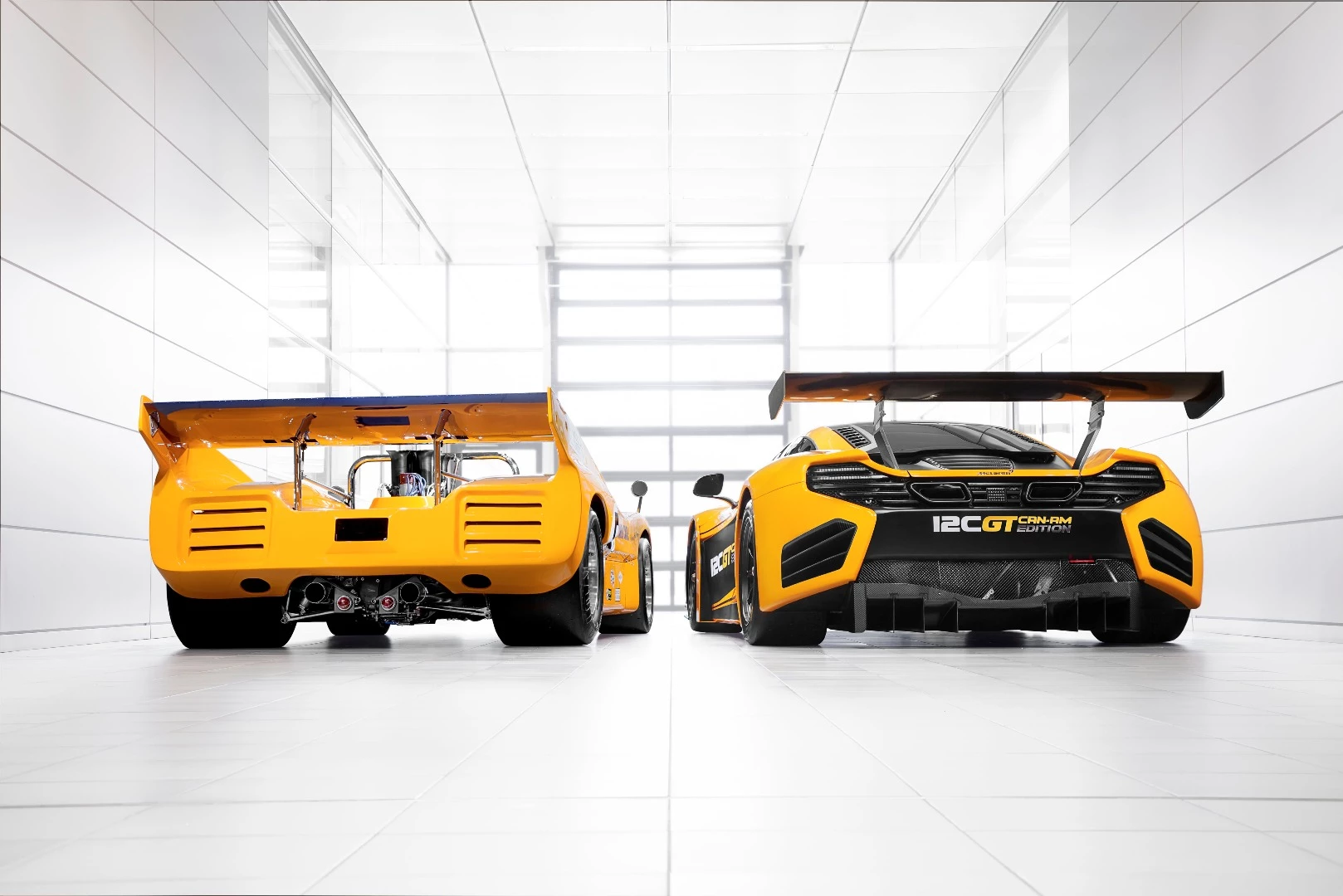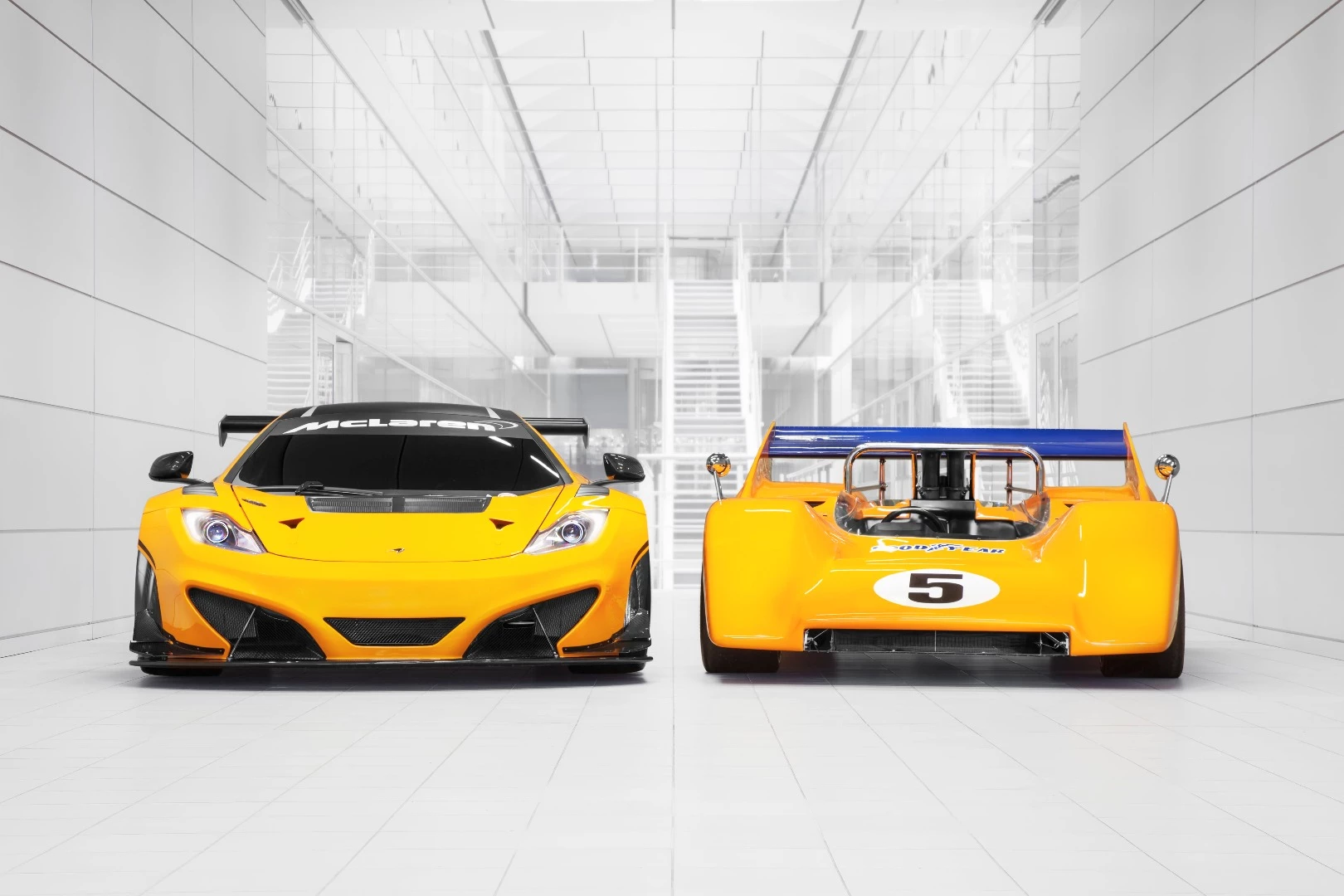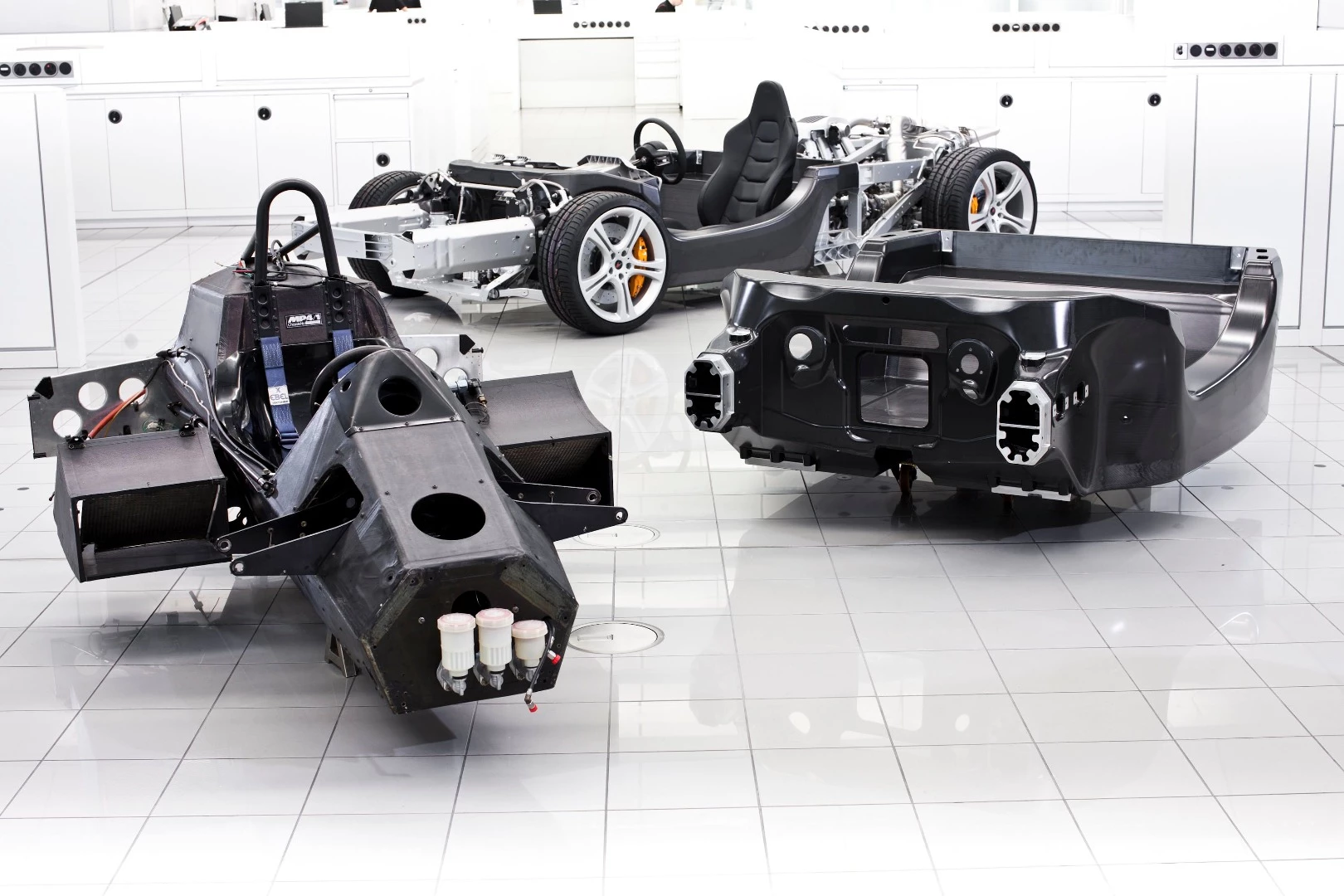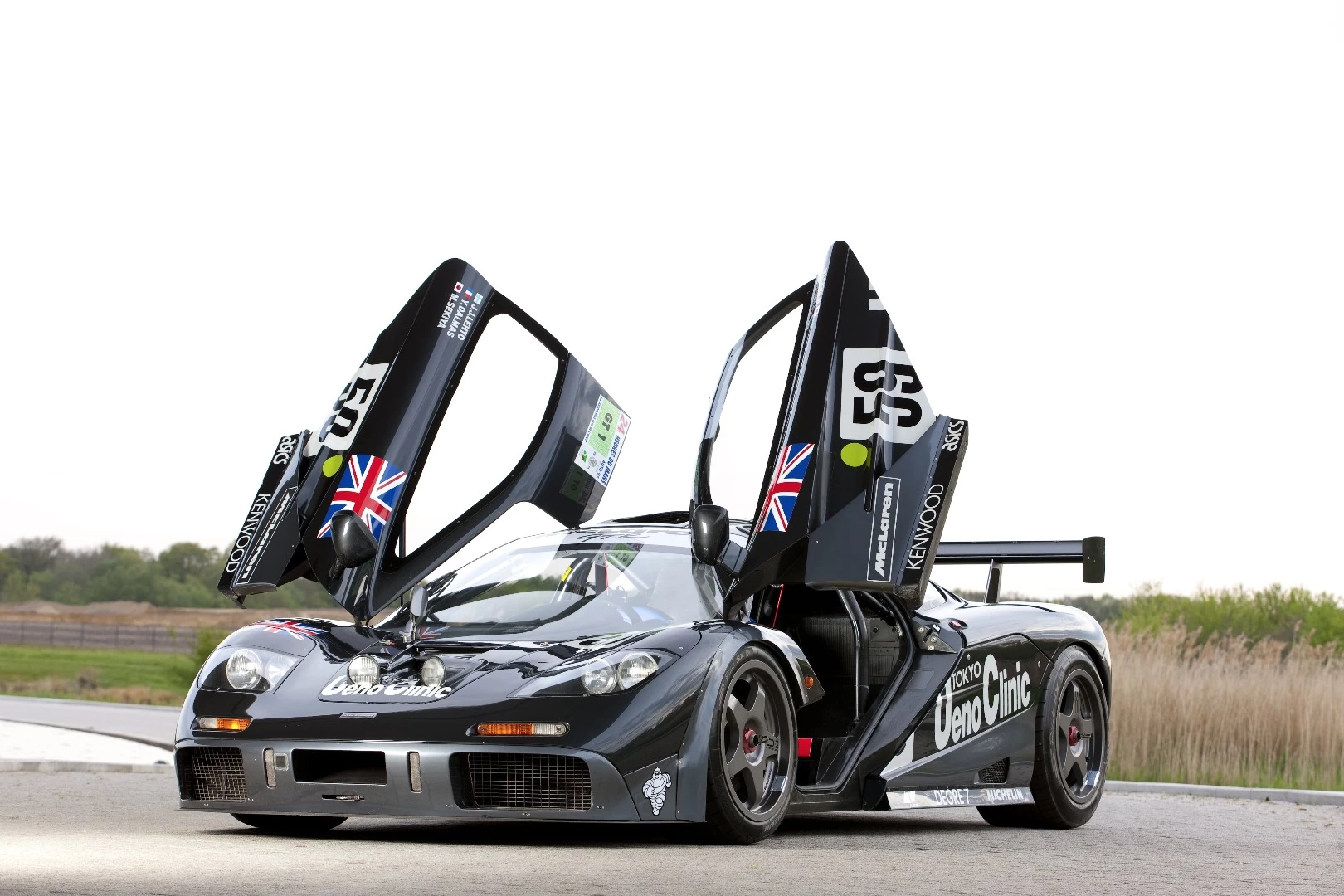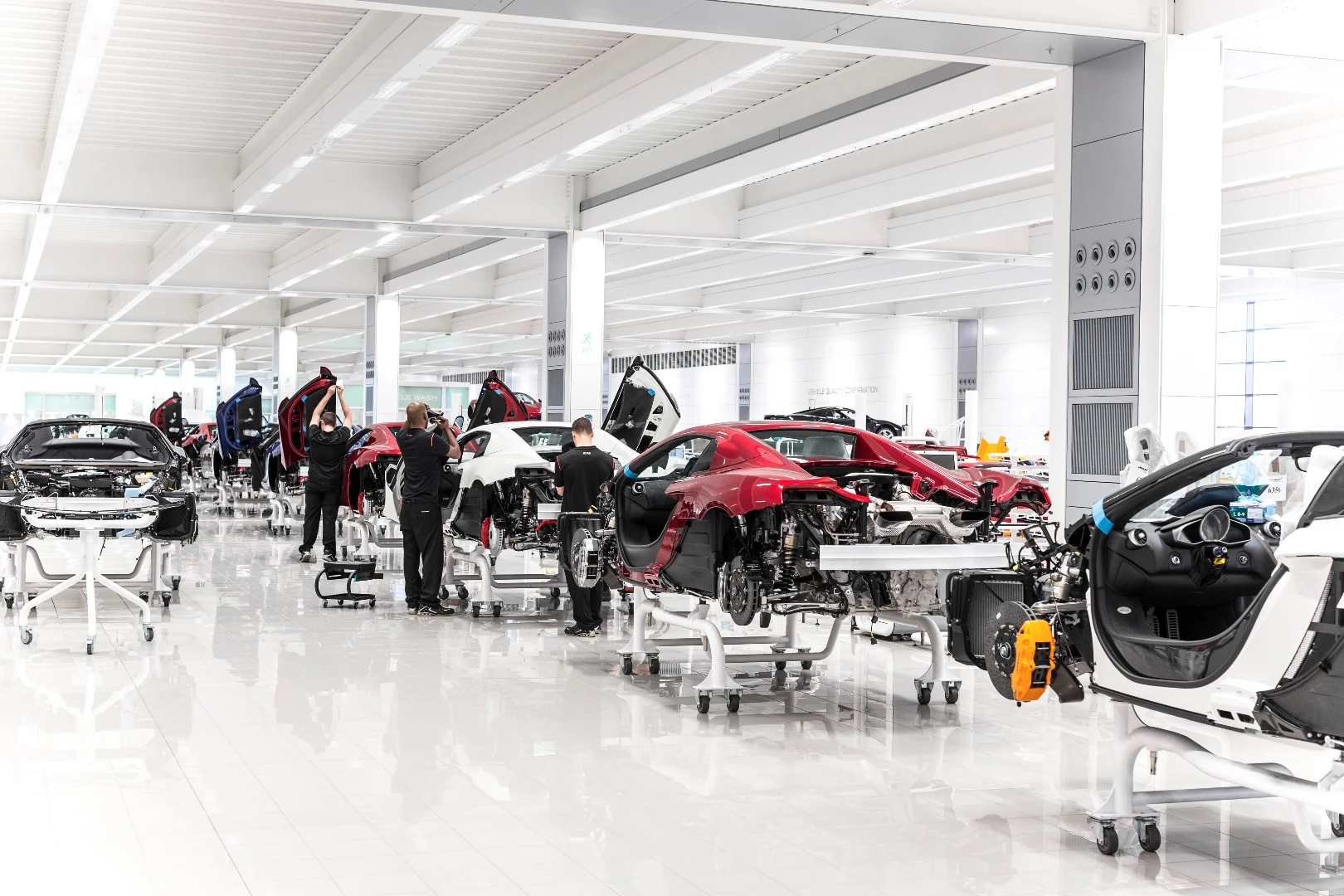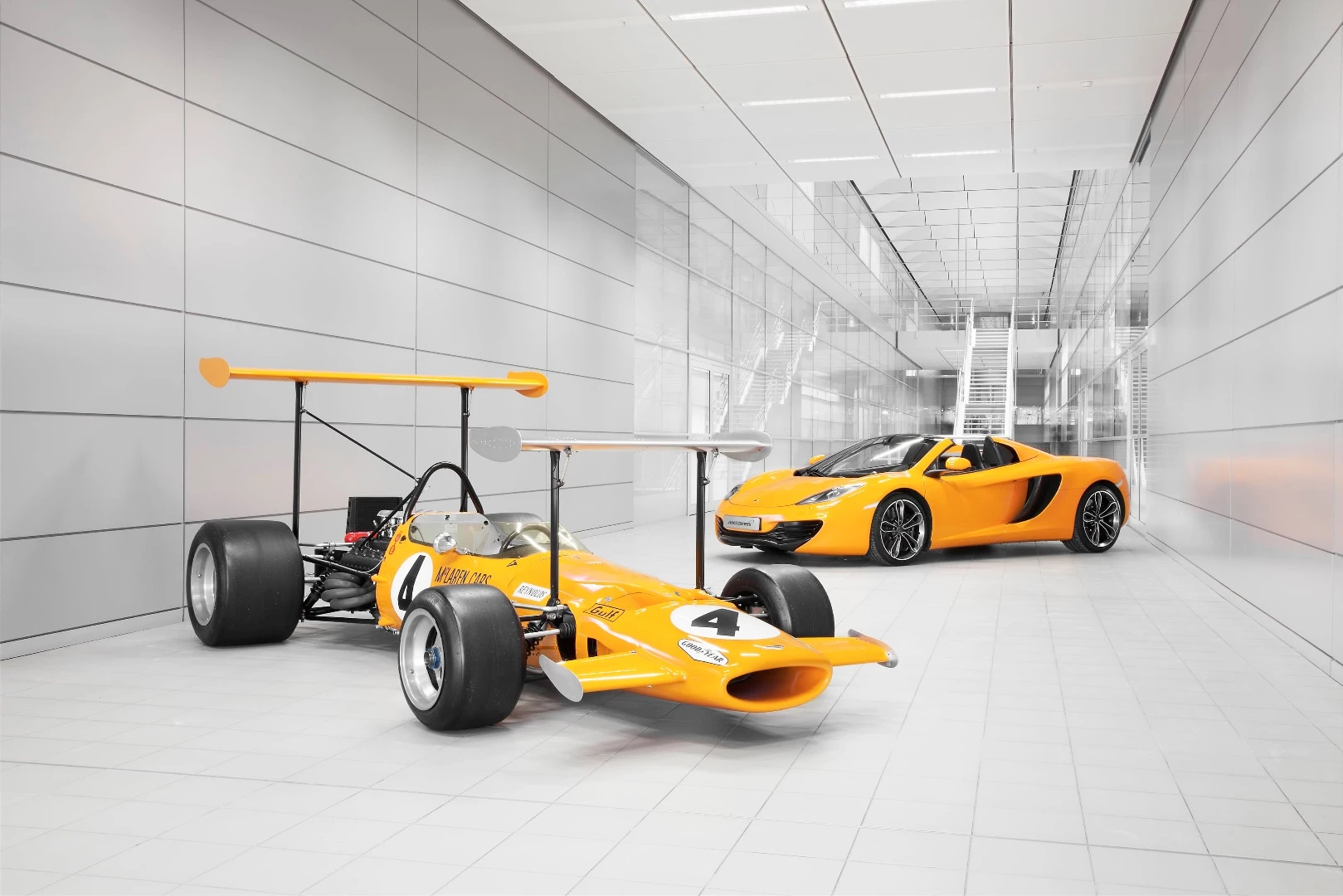As headquarters go, few come can come close to the McLaren Technology Center (MTC) for sheer drama. Designed by Sir Norman Foster, the kidney shaped building was opened by Queen Elizabeth II in 2004 and serves as the base for the company's automotive arm, Formula 1 team and the boffins at McLaren Applied Technologies. It also wouldn't look out of place in a James Bond film. New Atlas, guided by Amanda McLaren, was recently given the chance to take a look around.
As if its dramatic glass facade wasn't attention-grabbing enough enough, the kidney-shaped MTC building sits on the edge of a man-made lake, which is used to keep the building cool in summer and warm in winter. Having arrived at the gatehouse, guests are driven around the lake on a circular road, before pulling up at sliding glass doors. It might look like a maniacal villain's lair, but there's no balding megalomaniac waiting behind the doors.
Instead, New Atlas was met by the smiling Amanda McLaren, Brand Ambassador for McLaren and Bruce McLaren's daughter. She's the designated tour guide for guests to the MTC, and has a wealth of knowledge about the cars displayed along the long, tiled boulevard running from the building entrance to the cafeteria, as well as a personal connection to most of the people who drove them.
Along with Bruce McLaren's Austin 7, the car in which he claimed his first race win, the entrance is home to Jenson Button's 2015 MP4-30. Safe to say it's not the most successful car in the building, after failing to reach the podium all season, but it's a part of the team's history.

Beyond the Austin 7 sits a 1970 Can-Am car, resplendent in glossy orange paint. It's absolutely massive, and remarkably simple compared to the intricately detailed Formula 1 cars sharing the floor. It's also so loud, Amanda says, that it shattered the workshop lights when the technicians fired it up indoors a few years ago.
The thought of firing up a priceless 46 year-old racer might seem a bit crazy in a world where classic cars are becoming pampered museum items, but all the cars on show in the MTC are in working order. They're frequent entrants in classic car rallies and events like the Goodwood Festival of Speed, putting on a show for loyal fans of the race team and classic motorsports alike.
For many, the most recognizable collection of cars will be the red and white Formula 1 cars sitting halfway along the boulevard. Even stripped of Marlboro branding, their liveries are utterly unmistakable, although there are little details that only become clear when you're up close and personal, like scrutineering stickers left untouched.
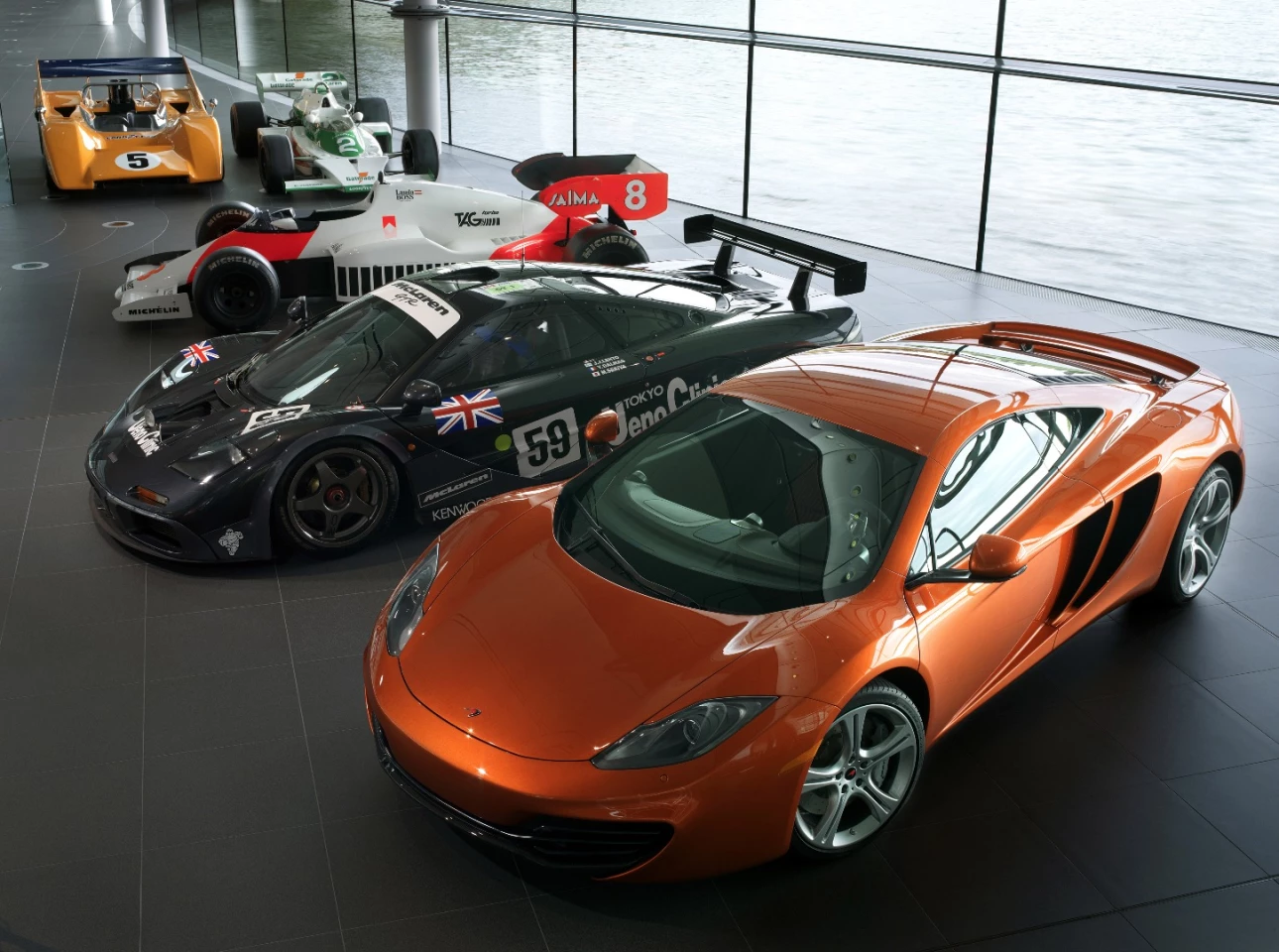
Moving away from the cars on display means walking past yet more Formula 1 championship winning cars, the 1995 Le Mans-winning McLaren F1 and the aero-trike that holds the Soapbox Speed Record at Goodwood. You could spend hours gazing at them, and Amanda has enough stories about the cars and their drivers to make that time pass in a flash, but time is limited and there's plenty more to see.
Getting to the next stop in the tour involves walking along a hallway lined with the spoils of racing success. Whereas most racing teams let the drivers keep silverware from race wins, McLaren houses all the trophies won under its name, making for a seriously impressive lineup of prizes from series ranging from Formula 1 to Le Mans. There's even an Indianapolis 500 trophy in the collection, making McLaren the only race team to have won the F1 World Title, Le Mans and the Indy 500 triple crown.

Had this tour been conducted before 2011, it might have ended at the end of that trophy-lined walkway, but a lot has changed for McLaren in the past five years. Since the (now discontinued) 12C launched, the range of road-going cars wearing the brand's little orange speedmark on their noses has expanded to include three unique branches: Sport Series (540C/570S), Super Series (650S/675LT) and Ultimate Series (P1/P1 GTR).
Although it's still very new to the supercar game, the company is already putting the heat on established players like Ferrari with its detail-driven approach to manufacturing a supercar. Just like the McLaren Technology Center itself, cars wearing the little orange McLaren badge have a meticulous feel about the way they're put together.
All these painstakingly-detailed cars need to be built somewhere, and that somewhere is the production center, which sits at the end of a long, shiny white corridor – the sort of place Le Chiffre or Goldfinger might take James Bond to (almost) die. Visitors look down on the factory floor from a raised platform, hidden behind an innocuous white sliding door.
The factory floor is a hive of activity, with workers in black-and-red McLaren polo shirts beavering away at the full range of Sport and Super Series cars. The team working on the cars has grown since the production facility opened, and technicians are currently being trained as demand continues to increase. All the cars to leave the factory are hand built, a fact made abundantly clear by the lack of robots on the floor.
Cars fitted out with McLaren Special Operations options, or cars finished in bespoke paint colors, are assembled on the same production line as the regular models. Customization is increasingly important to the supercar business, and there are a myriad of possible combinations when it comes to speccing the perfect McLaren.
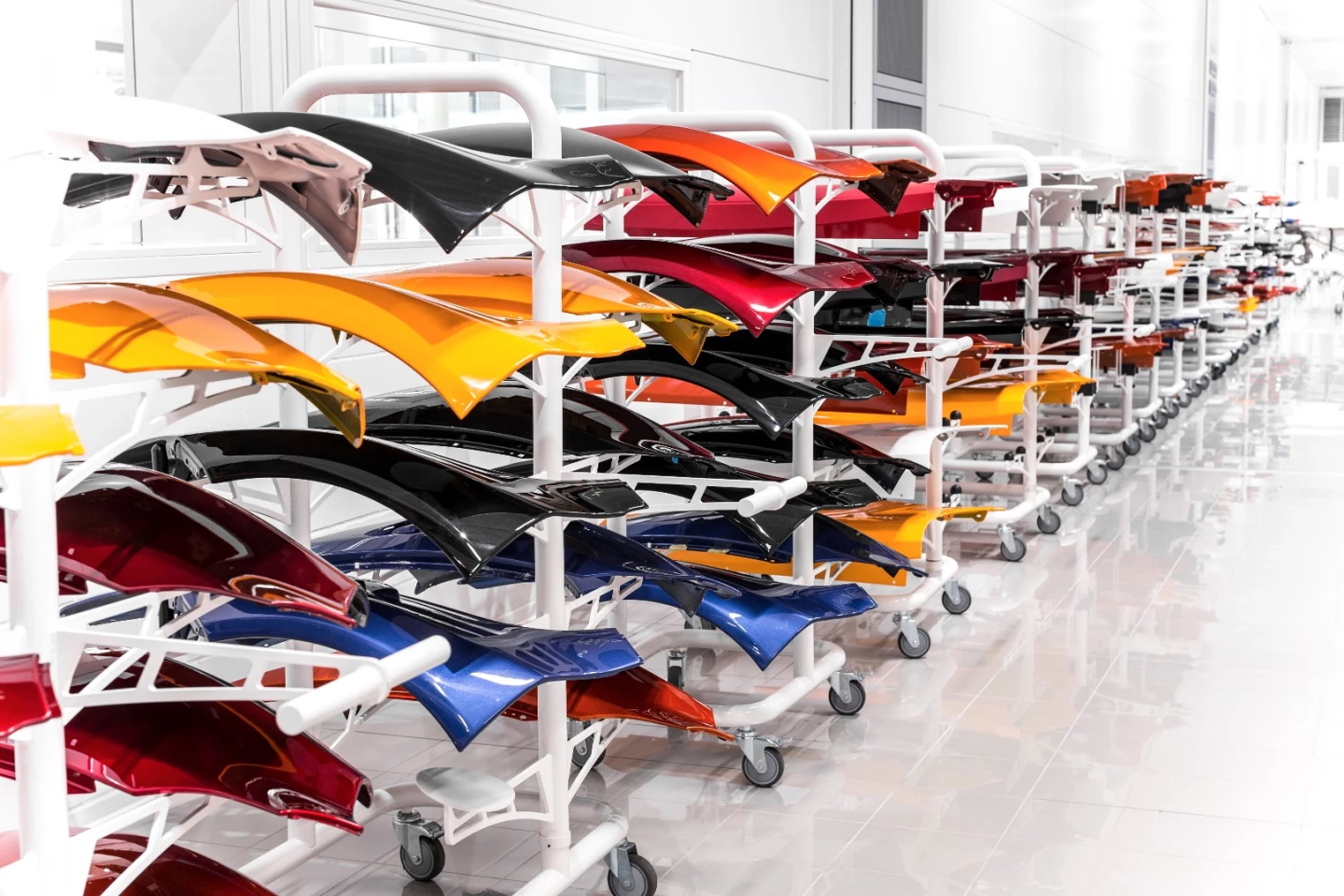
A veritable Skittles packet of brightly-colored cars is assembled on the glossy white factory floor, with 675LT Spiders sitting alongside more subtle 570GT Coupes. Although the cars range from entry-level to fully-optioned racers, they all share an obvious resemblance, especially when looked at from directly front on. According to Robert Melville, Chief Designer, the close family ties aren't an accident.
"They all have very, very similar front end graphic treatment and the same face," says Melville. "That's not because we were lazy, it's because we wanted to communicate what McLaren's identity is. We're a new brand, a new company in relative terms, so let's get the message out there. Let's really strongly communicate [what a McLaren is] from the halo car down all the way to the everyday cars."
The current design philosophy might make a shift when the replacement for the 650S arrives, although Melville remained tight lipped when asked whether his team would be pursuing a more aggressive look in future.
"You just have to wait and see. I really can't say anything, it's a hot topic at the moment," he says. "The feel is going to be 100 percent McLaren, but the rest is going to be a surprise."
Beyond the distinctive front end, there's a sense that everything on the outside of a McLaren is there for a reason. The "tendon" running down the door of a 570S might be striking, but it's also completely functional – evidence of the design and engineering teams working together to package complex powertrain components, meet strict pedestrian impact legislation and turn out a car that still turns heads.
"The design and engineering team we have here is absolutely amazing," says Melville. "We'll say we want to have a shape, and they'll go off and find a way of meeting legislation and giving us a shape nobody has done before. It's working as one team that enables it. It doesn't really happen anywhere else. It's something which is gaining more and more momentum here because we realize it's the way to deliver projects quickly, innovatively and on time."
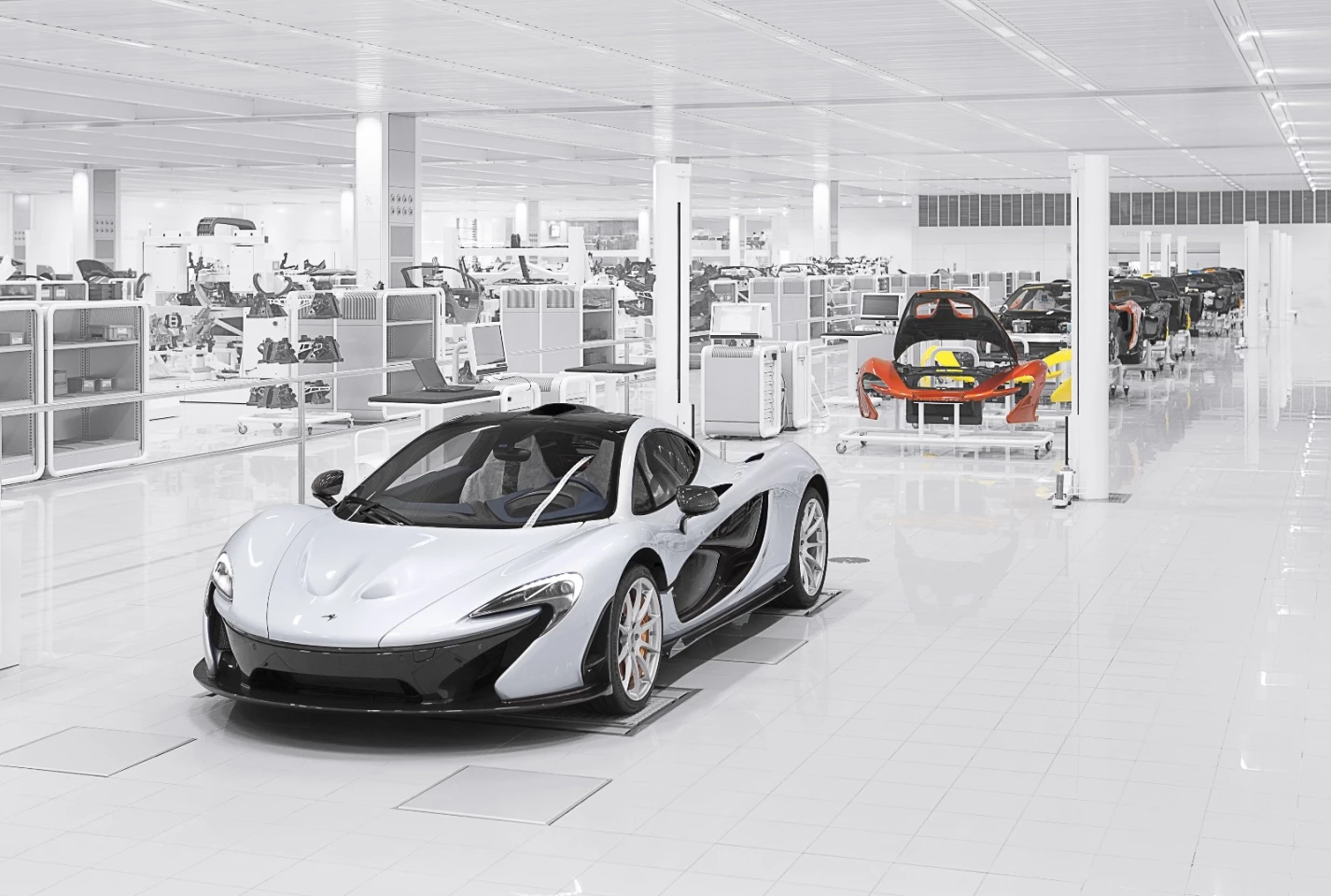
Leaving the Technology Center means another loop of the lake, before pulling into the Woking countryside. It might be jaw-droppingly impressive up close, but the building is actually hidden by hills and woods from a distance to meet strict rules about construction on protected land.
Passers-by may be clueless as to what lies hidden in the landscape, but showboating has never really been a big part of the McLaren makeup. Having seen what that means from the inside, it's a philosophy we can well and truly get behind.
